There’s nothing in this world that unsettles the art world more than art forgeries. Despite the surge of technological advancement and detection mechanisms, the art market is believed to be still rife with ever-growing counterfeit masterpieces. There’s no dearth of such instances where, in spite of efforts being made to protect and safeguard artworks, rip-offs masquerade as priceless originals.
Art Fervour looks at the long history of such high-profile scams that will make your guts twitch. You’ll be surprised to know that back in the days of the Roman Empire, sculptors would copy the work of ancient Greeks and pass them off as their own. This technique was then adopted during the Renaissance when the demand for individual genius and authorship was doing the rounds, owing to the rise of humanism in the West. And finally, with the onset of the 20th century, which became a melting pot of different kinds of art, the desire and scope for forgery also increased to a great extent. Picasso, Klee, Matisse, Giacometti, Dali and Basquiat are some of the painters most popular for fakers.
So, let’s find out about the top seven masterminds behind some of the most notorious forgeries of all time.
Michelangelo
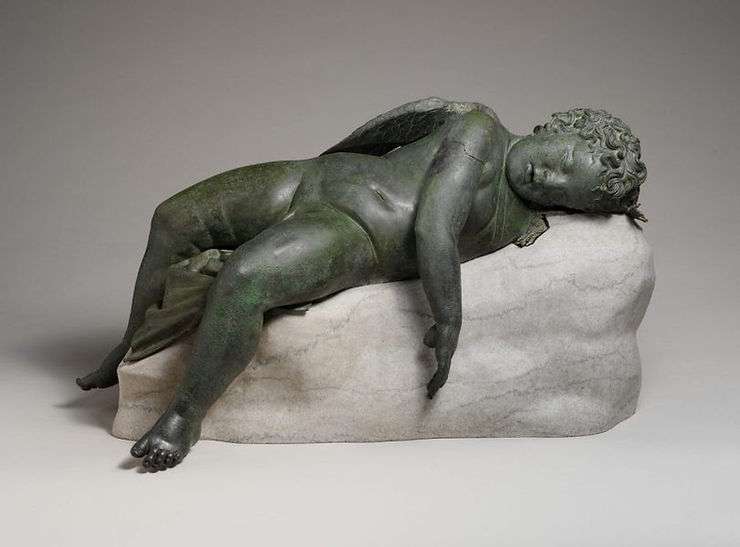
Italian sculptor and painter Michelangelo copied Roman sculptors while creating Sleeping Eros in 1496 and buried it to make it appear older. He sold the sculpture to a cardinal who eventually discovered that it was artificially aged. However, when it was discovered to be a fake, the cardinal asked for a refund from the dealer but allowed Michelangelo to keep his share of the proceeds as he had totally won over the cardinal with his craftsmanship. Ironically, the incident boosted Michelangelo’s fame and was praised as a “triumph over antiquity”.
Han Van Meegeren
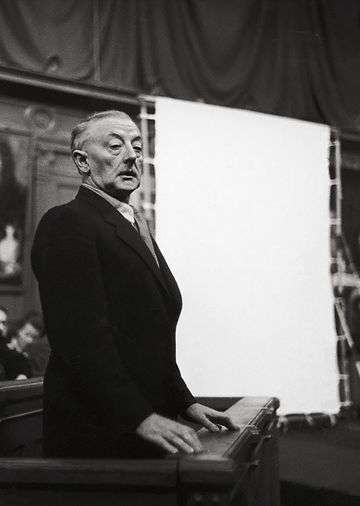
Han Van Meegeren was a Dutch painter and portraitist who was often disparaged for being derivative and thus wanted to prove his criticizers wrong by forging famous artists to perfection. He soon became one of the most ingenious art forgers who gained acclaim as well as financial success from his replicas. Van Meegeren was also known for fooling a Nazi high command named Herman Göring, by selling him a fake Vermeer. With the end of World War II, he was faced with the charge of treason for selling Dutch cultural property to the Nazis, that was punishable by death. However, to escape the punishment, he confessed to the less severe crime of forgery and thus landed up in prison for a year in 1947. With all of these scandals to his name, he was voted the second most popular man in the Netherlands, after the prime minister, the same year.
Elmyr de Hory
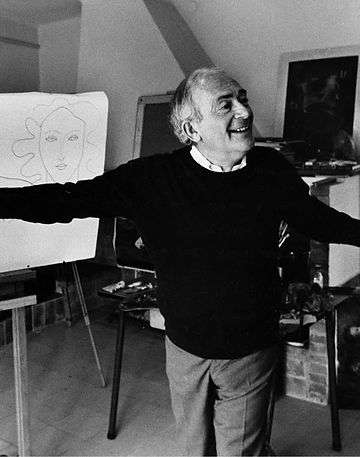
Orson Welles’s film F for Fake (1973) was inspired by Elmyr de Hory. A Hungarian-born painter, de Hory is said to have sold over a thousand fake pieces in his lifetime to venerable art galleries all over the world. He arrived in Paris after World War II and decided to make an honest living as an artist. However, he soon discovered his ability to copy the styles of renowned painters when a British woman mistook one of his drawings modelled after Picasso as an original. Therefore, he took up this dubious means to cure his financial troubles and started by selling Picasso pastiches to galleries around Paris. He created an alternate personal history and identified himself as a Hungarian aristocrat with affluent contacts and claims over his family’s art collection. Over time he attracted the attention of the FBI and Interpol and eventually committed suicide while under investigation for fraud in 1976.
Robert Driessen
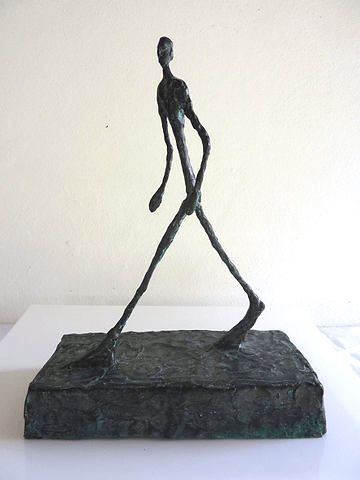
He is considered one of the wealthiest forgers in the world, with an estimated jackpot of €8 million. Driessen earned his riches by selling off Giacometti sculptures as his own. He sold these works to collectors, who, knowing they were fake, would take the pieces to auction. Driessen was arrested in 2014, when at the apex of his forging career. He spent a few years in jail and then relocated to Thailand, where he still makes Giacometti replicas, with the disclaimer that they are not originals.
Wolfgang Beltracchi
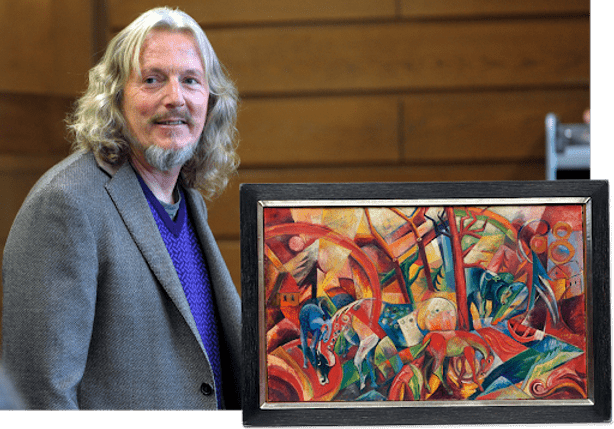
Wolfgang Beltracchi is a German art forger and artist who was discovered in 2010 after 40 years of forging paintings by the likes of Max Ernst, Heinrich Campendonk, Max Pechstein, and Fernand Léger, that earned him riches in millions. Described as one of the most “exhibited painters in the world”, Beltracchi’s reproductions have appeared even on the cover of a Christie’s auction catalogue and are still in circulation. He was sentenced to six years in prison and was released in 2015, serving 3 years after being convicted. Beltracchi admitted that his motives aroused from fulfilling the desire of the forged artist, saying, “In my thoughts, I created an original work, an unpainted painting by the artists of the past.”
Thomas Patrick Keating
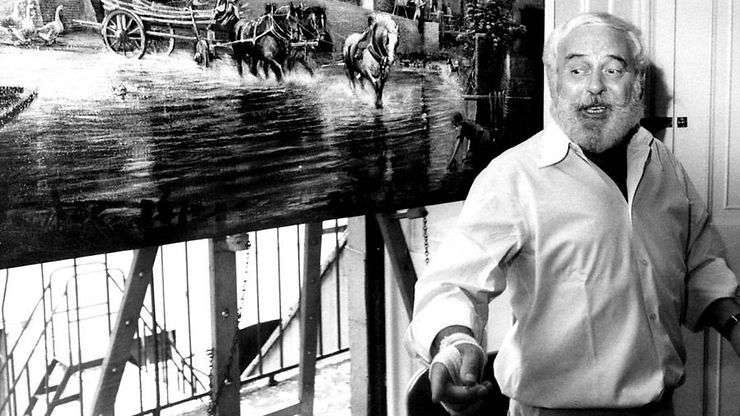
Thomas Patrick Keating was a forger with a cause. He identified himself as a socialist and wanted to retaliate the profiteering art market by selling fakes. He hoped to destabilize the gallery system which he felt was dominated by “avant-garde fashion, with critics and dealers often conniving in line their own pockets at the expense both of naïve collectors and impoverished artists”. He could skillfully copy Samuel Palmer, a nineteenth-century landscape painter. And by virtue of the famous saying which goes, ‘Everything is a copy of a copy of a copy’, now counterfeits of Keating counterfeits even pervade the market. The English art forger claimed to have faked more than 2000 paintings by over a hundred different artists, out of which he made off some pretty 10 million dollars in today’s value.
Ken Perenyi
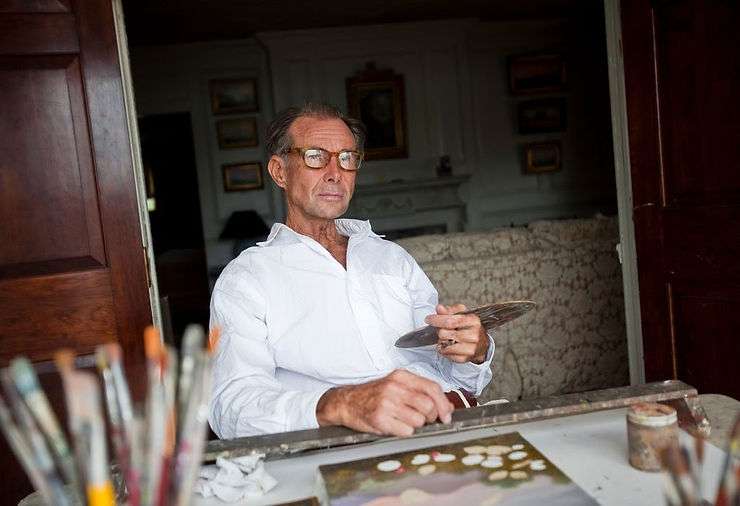
Ken Perenyi is an American con artist who masterfully forged 18th and 19th century British and American paintings for three decades, particularly impressive being his ability to simulate the finest details of age. What started as a hobby soon escalated to a lucrative career that culminated in several sales to Christies and Sotheby’s. Perenyi attracted attention following the publication of his memoir, Caveat Emptor in 2013. Eventually the FBI began investigating his work closely and the scrutiny pushed him to develop a “new business model” in which he openly sold his faked paintings as reproductions of the originals. Perenyi sees himself as someone who fulfills the wishes of the artists and boasts. “I’m convinced that if these artists were alive today, they would thank me. I’m somebody that understands and appreciates their work.”
While talking about art forgery, we can’t overlook the moral question as to whether con artists can be considered to continue the legacy of past masters or not. There’s always a dilemma around ascribing credit to the forgers for their power to mimic meticulously. Although you can’t ignore the iconicity which shrouds them and the fascinating lives that they have, it is also important to acknowledge that they swindle millions by deceiving buyers and cause great financial losses for both individuals and institutions.
What are your thoughts? Should these master forgers, extremely meticulous with their art reproductions, be given the prestige and honour of an artist? We would like to hear from you in the comments section below.
For more thought inducing articles on art, check out our collection of blogs. If you like to get art recommendations, know about rising artistic talents in our country, or want to be updated about everything cool that has happened or is happening in the current art scene, Art Fervour has got you covered!




